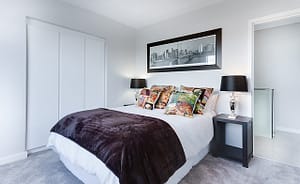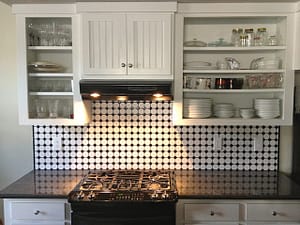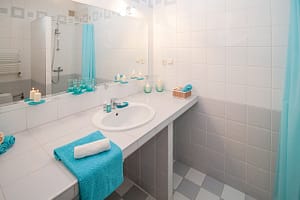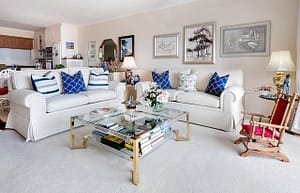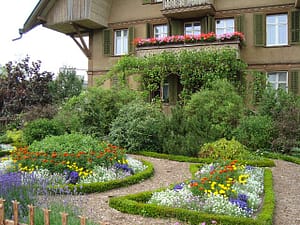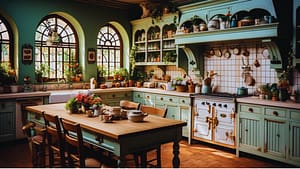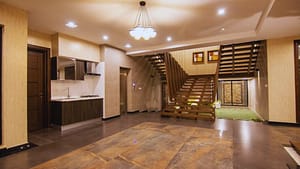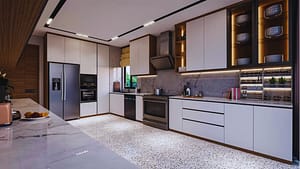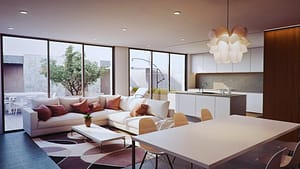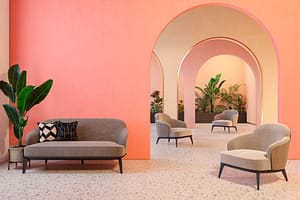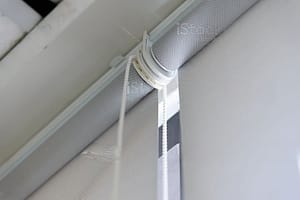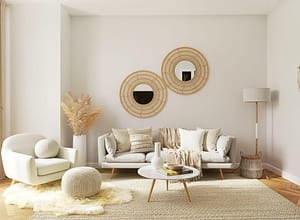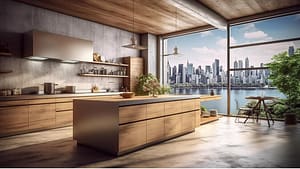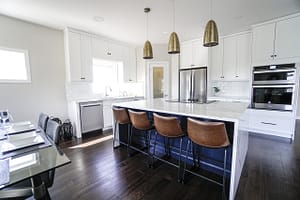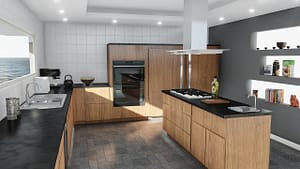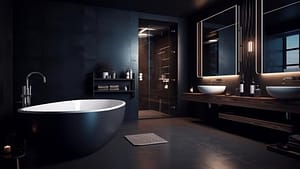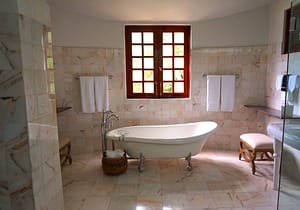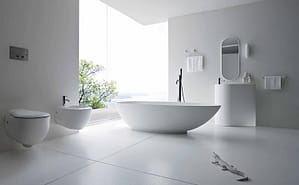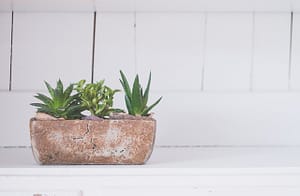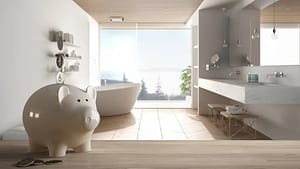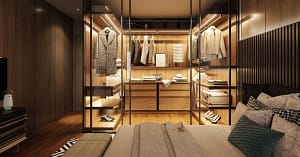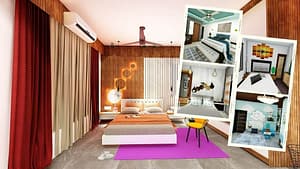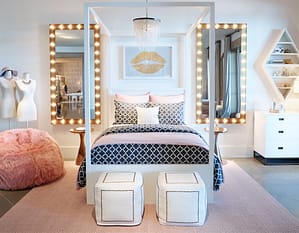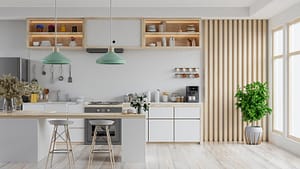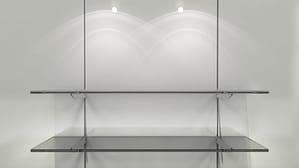
Most of you may have heard about the wonders of LED Bulbs and how it is substantially better than other traditional light bulbs, such as fluorescents and incandescents. While switching to LEDs is practically a no-brainer for home use, it is still worth considering that not all LED bulbs are identical. Most of them vary in brightness, color temperature, shape, and more.
If you’re planning to finally make the switch to LED Bulbs, here’s a brief guide that should help you streamline your choices and make an informed decision in selecting bulbs tailored to your particular application.
What are the factors you need to consider?
Before making any purchase, here are some key factors you need to consider when selecting an LED Light Bulb for your home:
Brightness
One of the first considerations you must make is how bright you want your lightbulbs to be. This may vary depending on your intended application, as different settings require a slightly different amount of brightness.
The traditional way people used to estimate the brightness of a particular lightbulb is through a measurement called wattage. However, this actually pertains to the energy consumption of that lightbulbs and is not an accurate distinction of how bright a light bulb could be.
Alternatively, an even more accurate measurement is through lumens. More lumen output directly indicates that a particular bulb generates relatively brighter light than the one you compared them to.
This understanding comes in handy whenever you’re shopping for LED Light Bulbs. Checking the label on a bulb’s lumen rating is a good practice before making any purchase.
Color Temperature
Aside from brightness, the ambiance of a particular space in your home is highly influenced by the color temperature of the light bulb you choose. While a warm color temperature may create a cozy and comfortable atmosphere in your bedroom, it may not be suitable for a workspace where a bright and focused light is needed.
That said, if lumens are for brightness, then kelvins (k) should be the one you’ll look for when considering the color temperature in your LED Light Bulbs.
- Warm White –> 2700K to 300K
- Neutral White –> 3500K to 4000K
- Cool White –> 5000K to 6500K
- RGB
Understanding what a light bulb should look like using Kelvin’s measurement helps you consider the functionality and practical light bulb applications for your specific needs.
Bulb Shape
Say you’re planning to switch the bulbs you are currently using on your fixtures and use LED Bulbs instead. Then, you would have to consider the variety of shapes and sizes available for LEDs to find the ones that will fit your particular lamps or fixture.
Some of the most prevalent LED Bulb shapes that function as a replacement for other traditional bulbs are A-Shape, Bulging Reflector, MR16 Bulbs, PAR Bulbs, LED Tubes, and LED Strip Lights. These bulbs have their own distinct application and are worth considering when choosing an LED Bulb for your home.
Compatibility
There are also a few complex considerations that may take part in switching to LED Bulbs, such as dimming features, transformer compatibility, size, type, wattage, voltage, and other factors.
This is a crucial practice to ensure that the LED bulb you choose is compatible with your fixtures to avoid any issues and ensure optimal performance. With this, you’ll have more confidence that your LED Bulb will work safely and efficiently to deliver your desired lighting needs at home.
LED Bulb recommendations for every part of your home
Now that we’ve talked about some of the key factors you need to consider when choosing the right LED Bulbs for your home let’s put them to practice, shall we?
For those who are planning to go all out on their LED switch project, here are a few LED Bulb recommendations that you can instantly apply to every part of your home.
Living Room
Functionality-wise, the living room is typically a place you go whenever you want to relax and have a peaceful downtime.
That said, an excellent light bulb recommendation for this purpose would be a warm white color temperature with moderate to high lumen output to achieve a vibrant yet cozy ambiance for you and your family.
Kitchen
Unlike the living room, a kitchen needs to have a lively atmosphere as you’ll be performing cooking tasks that may require energy and focus.
With this information, a bright white led bulb at 5000K to 6500K with a relatively high lumen output is probably the best idea to illuminate your lovely kitchen.
Outdoor Lighting
To enhance the curb appeal of your landscape area, particularly at night, carefully select the right lighting balance. Adequate illumination can accentuate the attractiveness of your outdoor space, but excessive glare can be uncomfortable and distracting.
Whether you’ll be getting help from professional landscape lighting experts or strictly going DIY, you’ll need to utilize different types of LED bulb lighting and techniques.
Low-voltage landscape lighting is mostly preferred for outdoor use as these types of lighting are far more efficient, durable, and long-lasting than bulbs that aren’t susceptible to outdoor use.
For recommendations, you may find the best low-voltage landscape lighting solutions at Best Pro Lighting.
Bathroom
According to lighting experts, it is generally recommended to have brighter lighting in the bathroom to have a clearer and more accurate view of color perception when performing tasks like grooming, shaving, and applying cosmetics.
You can go from bright to warm color temperature, whichever suits your bathroom layout and the type of atmosphere you want to achieve whenever you enter your bathroom. It is also an excellent practice to utilize different lighting strategies such as task, ambient, and recessed lighting for a better shower experience.
Bedroom
So now it’s time for bedtime, what do you choose? This time, you’ll need to achieve a cozy, comfortable, and relaxing atmosphere that allows you to sleep safe and sound at night.
For this purpose, you may go for a warm white color temperature bulb with a relatively low lumen output. This way, you may rest easy and relax your eyes with less harsh lighting in your bedroom.
Wrapping Up.
There you have it. Hopefully, this guide will give you a better understanding of choosing the right LED bulb for your home, along with a few lighting tips and recommendations you can apply today.
